Listening to the Asparagus: Germany’s Springtime Love Affair
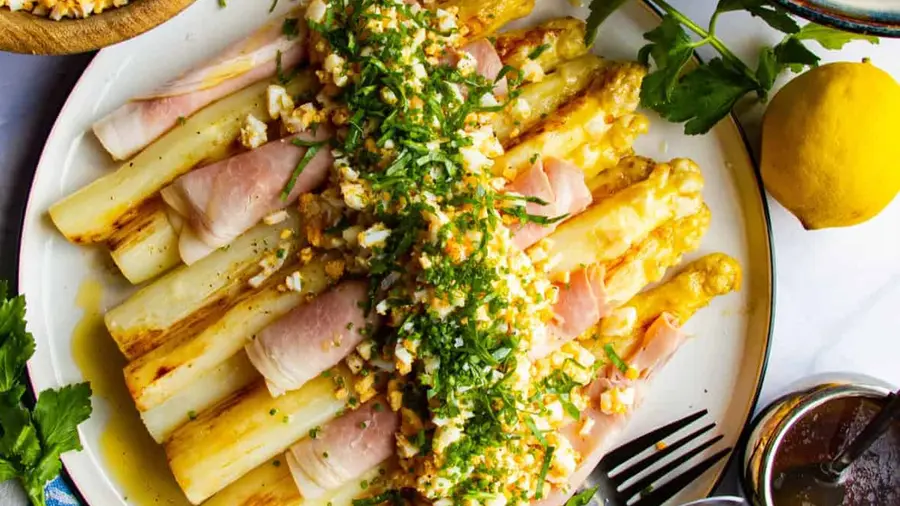

Anie Anna Thomas
Published on Apr 09, 2025, 06:55 PM | 9 min read
Every spring, the little town of Schwetzingen in southwest Germany stirs to life with more than just blooming flowers and birdsong. Known as the country’s asparagus capital, this is where the quiet magic of the season begins. As morning mist clings to the sandy fields, hundreds of seasonal workers move slowly between the rows, bending close to the earth, eyes trained for tiny cracks in the soil—a delicate clue that something precious is rising just beneath the surface.
Each worker carries a long-handled knife with a chisel-shaped tip, specially designed for the task. With practiced hands, they reach beneath the soil to gently cut the prized white spears before they ever see the light of day. Timing is everything. Just a moment too late, and the sun begins to touch the vegetable, turning it green—and changing not only its color but also the tender, subtle flavor that so many wait all year to enjoy.
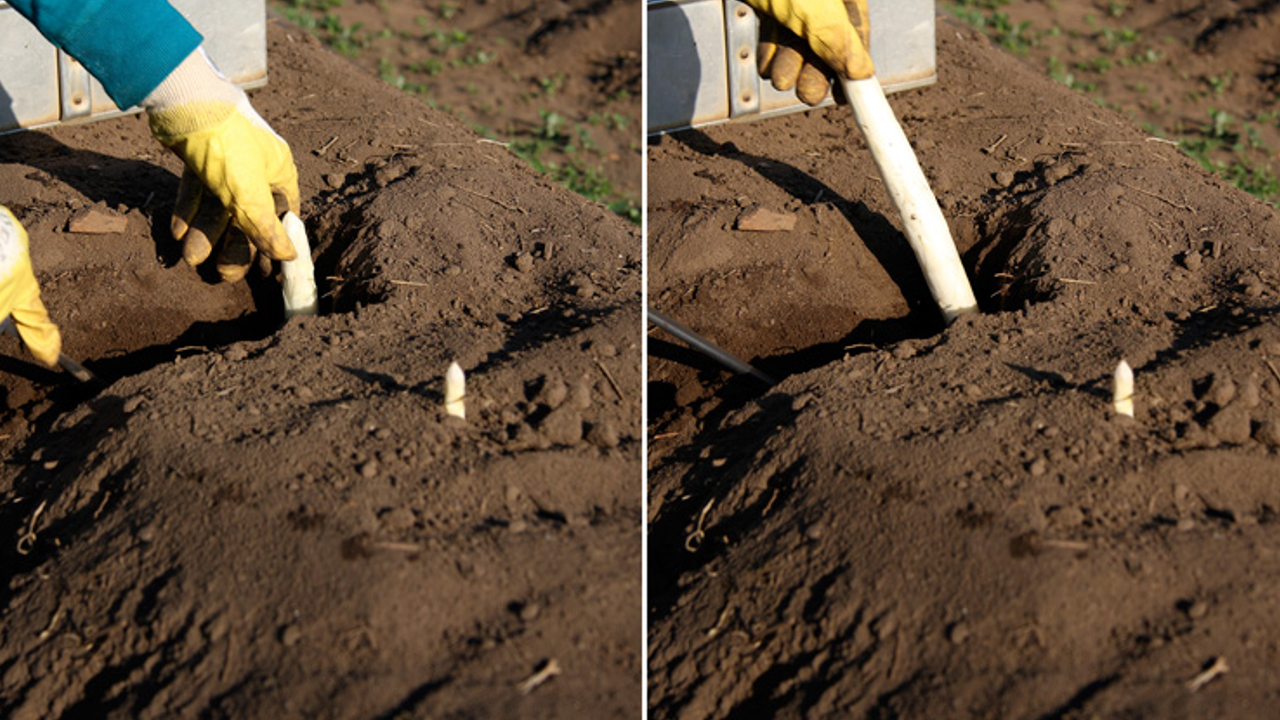
Older generations often spoke of "listening to the asparagus"—a poetic reminder of the patience and attentiveness this crop demands. On warm nights, they claimed that if you pressed your ear to the ground, you could actually hear it growing, a testament to the quiet, almost mystical rhythm of nature that guides the harvest.
It might sound like a fairy tale, but science supports it. During the peak season, white asparagus can grow up to seven centimeters in just one night, pushing the soil up slightly—just enough for trained farmers to spot. That’s why they walk the rows twice a day, at sunrise and again at dusk, eyes on the earth, hands ready. The harvest continues daily from mid-April until June 24th—St. John’s Day, fondly known as “Asparagus New Year’s Eve”—a date that marks the close of the season and the return of rest to the fields.
Royal Roots and Cultural Significance
White asparagus—Spargel, as it’s lovingly known in German—hasn’t always been the beloved springtime staple it is today. In the 16th century, it was a rare luxury, cultivated solely for the elite. Kings and noble families, including Frederick the Great, were so enamored with the pale spears that they commissioned specially heated greenhouses just to extend the harvest season.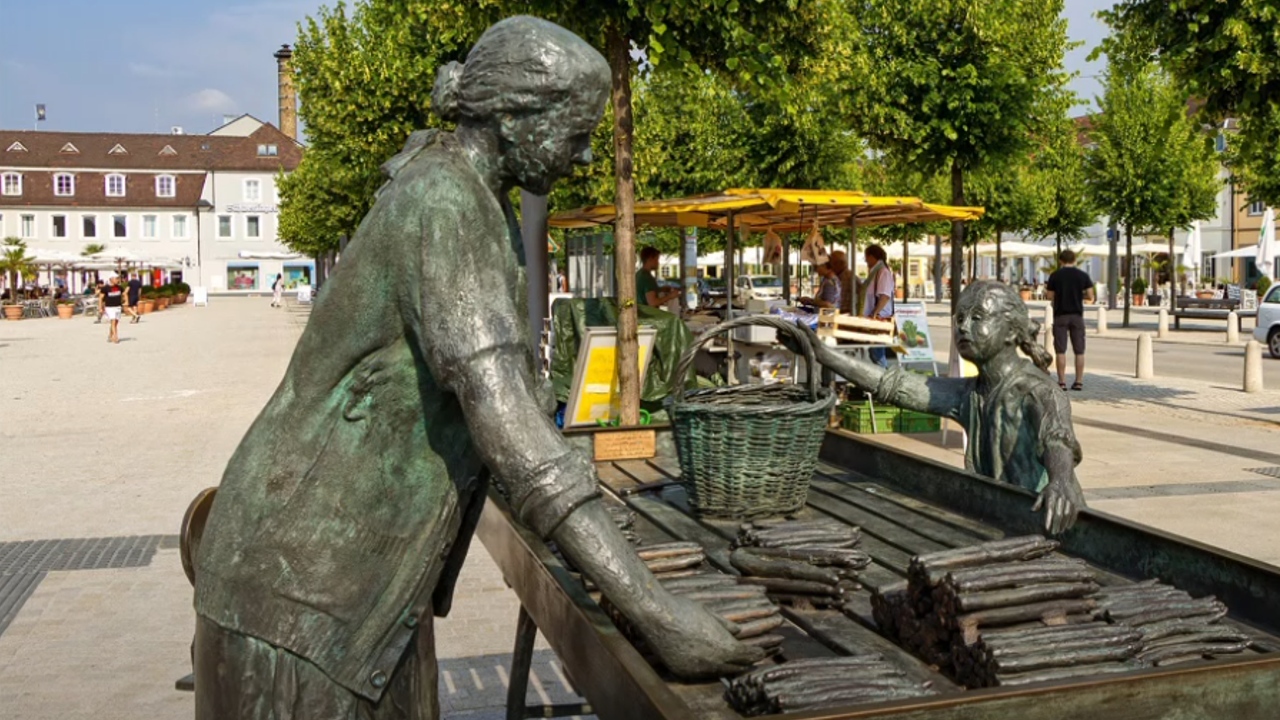
What we witness today is the democratization of a once-royal delicacy. In the wake of World War II, as Germany began to rebuild, white asparagus emerged as a powerful symbol of renewal and rising prosperity. When families could finally afford to serve it, it wasn’t just food—it was a taste of hope, of resilience, of life returning to normal.
That history still lingers in every spear. When restaurants start hanging up signs that say “Spargel Zeit!” (Asparagus Time!), it’s not just about what’s on the menu—it ignites a national passion.
Harvesting White Gold
White asparagus isn’t just food in Germany—it’s white gold. The nickname isn’t hyperbole. At the start of the season in early April, prices can soar to 20 euro ( around 2000 indian rupees) per kilogram, a premium cost that reflects its labor-intensive cultivation. By June, the price may drop to 10 euro per kilo, but the vegetable never loses its luxurious aura. 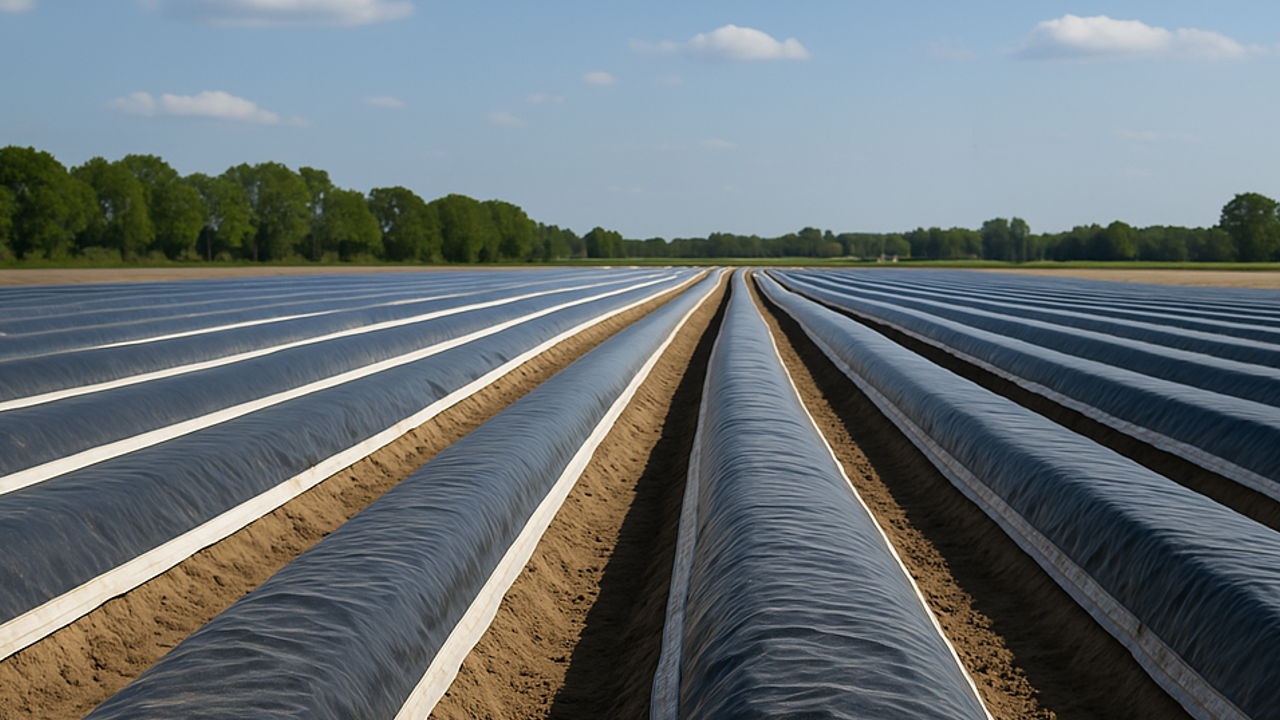
Unlike green asparagus, which grows freely in sunlight, white asparagus is cultivated underground, shielded from light under mounds of sandy soil and plastic tarps. This meticulous process prevents photosynthesis, keeping the stalks pale and tender while imparting a delicate, slightly nutty flavor. The moment sunlight touches the shoots, they turn violet, then green, and develop a stronger, more bitter taste—a fate no German asparagus farmer would allow.
Regional Pride and Terroir
Much like wine, white asparagus reflects its terroir—the unique combination of soil, climate, and cultivation traditions that shape its flavor. Across Germany, several regions proudly boast Protected Geographical Indication (g.g.A.) status for their Spargel, with Brandenburg, Lower Saxony, Baden-Württemberg, and Bavaria each claiming their local spears are the finest.
One of the most iconic asparagus towns is Schrobenhausen, nestled in Bavaria. Here, asparagus isn’t just a crop—it’s a cultural identity. Locals speak with reverence about their sandy-yet-clayey soil, which yields tender, sweet spears with subtle notes of almond and butter. The pride runs so deep that the town has established Europe’s only museum dedicated to asparagus. Housed in a former medieval watchtower, the Europaisches Spargelmuseum displays everything from antique harvesting tools to centuries-old paintings and folklore surrounding the beloved vegetable.
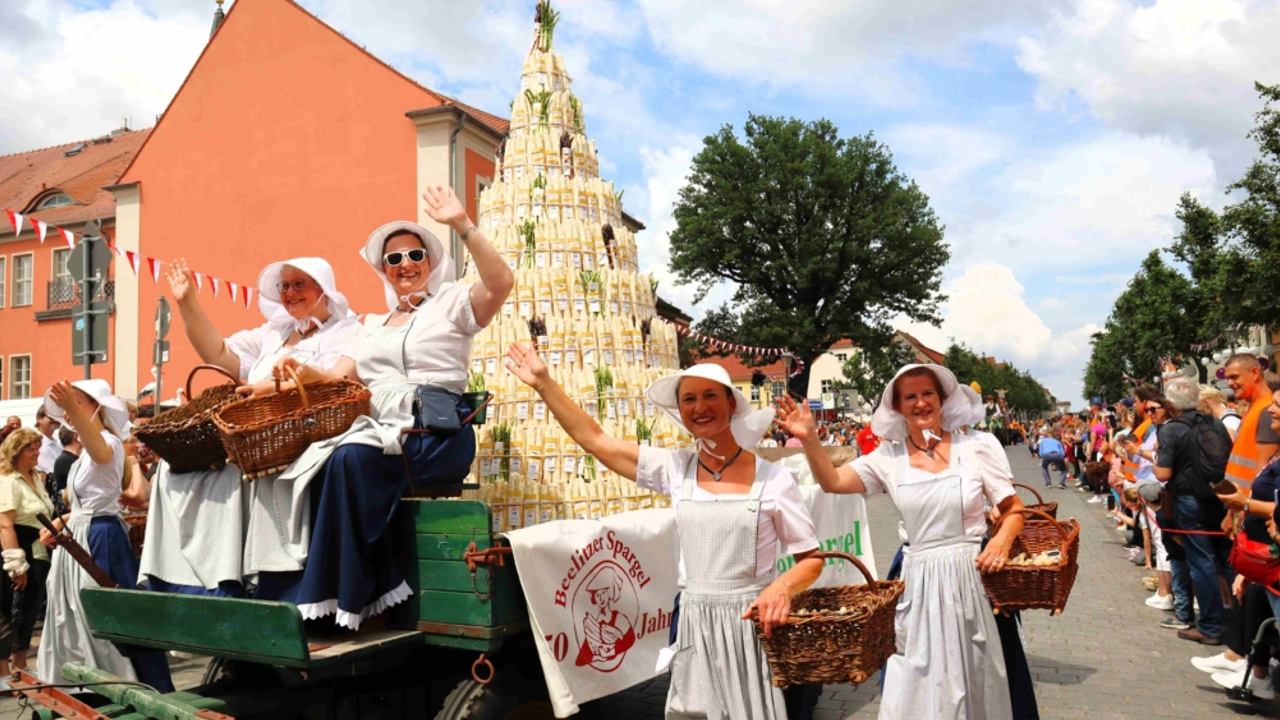
Further north, Beelitz, a small town just 50 kilometers southwest of Berlin, is equally renowned. Thanks to its light, sandy soil and mild climate, Beelitz asparagus is prized for its extra sweetness and tenderness. Every spring, the town becomes the epicenter of Spargelzeit, hosting the vibrant Beelitz Spargelfest. The festival draws thousands of visitors who come to sample asparagus-inspired dishes, attend cooking demonstrations, and walk the very fields where the prized stalks are grown.
Each region not only offers a distinct taste, but also a different experience—a reminder that white asparagus in Germany is far more than food. It's tradition, pride, and place, all bundled in a pale, delicate spear.
Rituals, Reverence, and Reinvention
Nowhere is Germany’s devotion to white asparagus more evident than in the way it’s prepared, served, and savored. Traditional service calls for specialized tools: elongated plates with wells for butter or Hollandaise, dedicated peelers, and even elegant asparagus tongs designed to cradle each spear with care.

There’s a near-ritualistic quality to the preparation. Chefs often compare the act of peeling to a kind of meditation. “Start just below the tender tip,” they instruct, “and peel downward—slowly, deliberately.” To rush the task or leave behind a fibrous strand is considered nothing short of culinary blasphemy.
During peak season, some restaurants prepare over 200 kilograms of white asparagus each week, serving it the traditional way. But in recent years, innovation has joined the table. Chefs across the country are experimenting: white asparagus carpaccio, asparagus cocktails, even asparagus ice cream. Purists might raise eyebrows, but innovation keeps traditions alive for new generations.
Beyond restaurants, white asparagus is a family affair. In homes across Germany, Spargelzeit is celebrated with long, shared meals—especially during Easter, Mother’s Day, and Pentecost. Families gather for multi-course Spargel feasts, with hours spent peeling, cooking, and eating together.
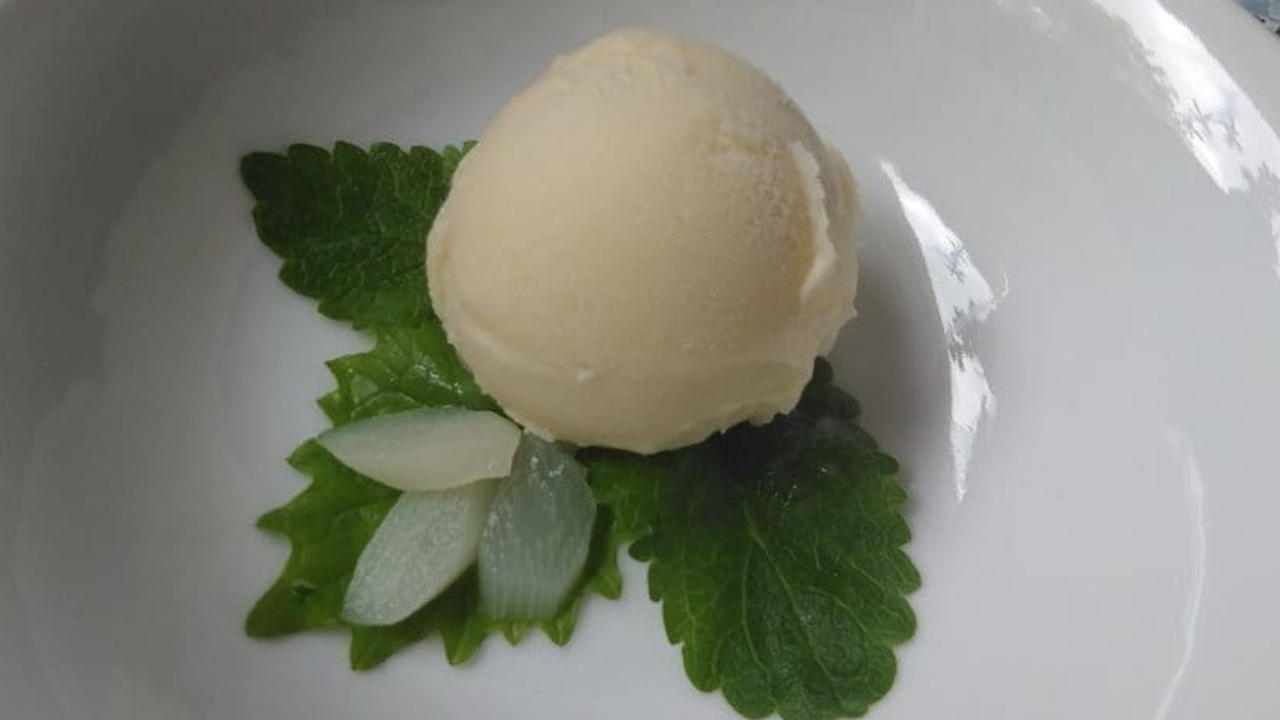
Traditionally, women would gather in kitchens, chatting and peeling kilos of asparagus at a time. These days, many upscale grocery stores offer pre-peeled spears, but many still argue that the act of peeling is part of the experience. It’s tactile, mindful, and steeped in memory.
The World Champion of White Asparagus Consumption
No country consumes more white asparagus than Germany. On average, each German eats about 1.17 kilograms of white asparagus annually—totaling an impressive 1,05,000 metric tons consumed nationwide every year. Interestingly, Germany doesn’t export its prized white asparagus; the vegetable is enjoyed entirely at home. To keep up with demand, the country imports additional supplies from Spain, Greece, and Italy, though purists insist that the homegrown variety stands unrivaled in flavor. While imported asparagus tends to be cheaper, it never quite matches the unique sweetness of the German product.
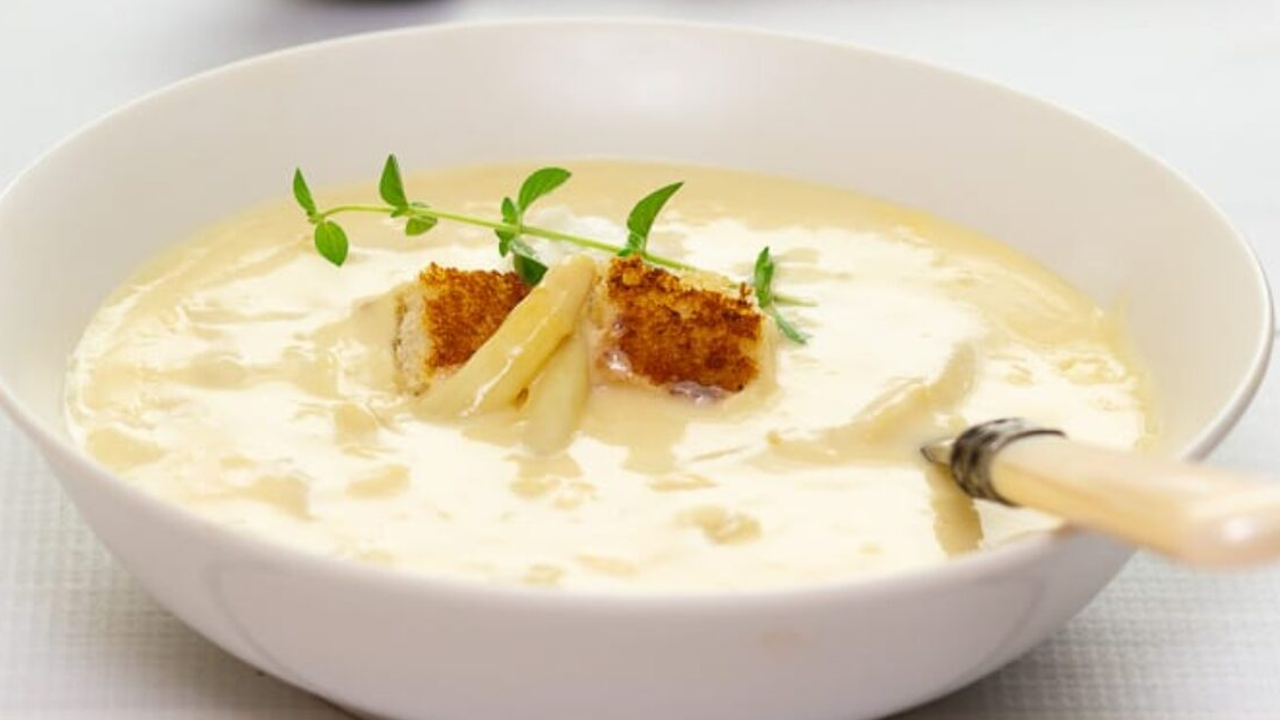
Beyond its culinary allure, Spargel plays a vital economic role in rural Germany. The white asparagus industry alone generates nearly USD 1.98 billion annually, according to recent reports. Each spring, around 23,000 seasonal workers—mostly from Eastern Europe, including Poland, Romania, and Bulgaria—arrive to help harvest the labor-intensive crop. These workers typically earn between 10 and 12 euro per hour, along with performance bonuses.
But this cherished tradition now faces a growing threat: climate change. Rising temperatures and unpredictable weather patterns are beginning to disrupt the delicate conditions required to grow white asparagus—posing serious challenges to a practice rooted in centuries of patience, precision, and reverence for the land.
How to Cook (and Eat) White Asparagus Like a German
Ask five Germans how to serve white asparagus, and you’ll likely get ten different answers. Should it be drizzled with melted butter or crowned with rich Hollandaise? Served with slices of cured Black Forest ham, or paired with a golden, crispy schnitzel? Even the humble side of potatoes sparks debate—boiled soft and whole, or pan-fried with onions and bacon?
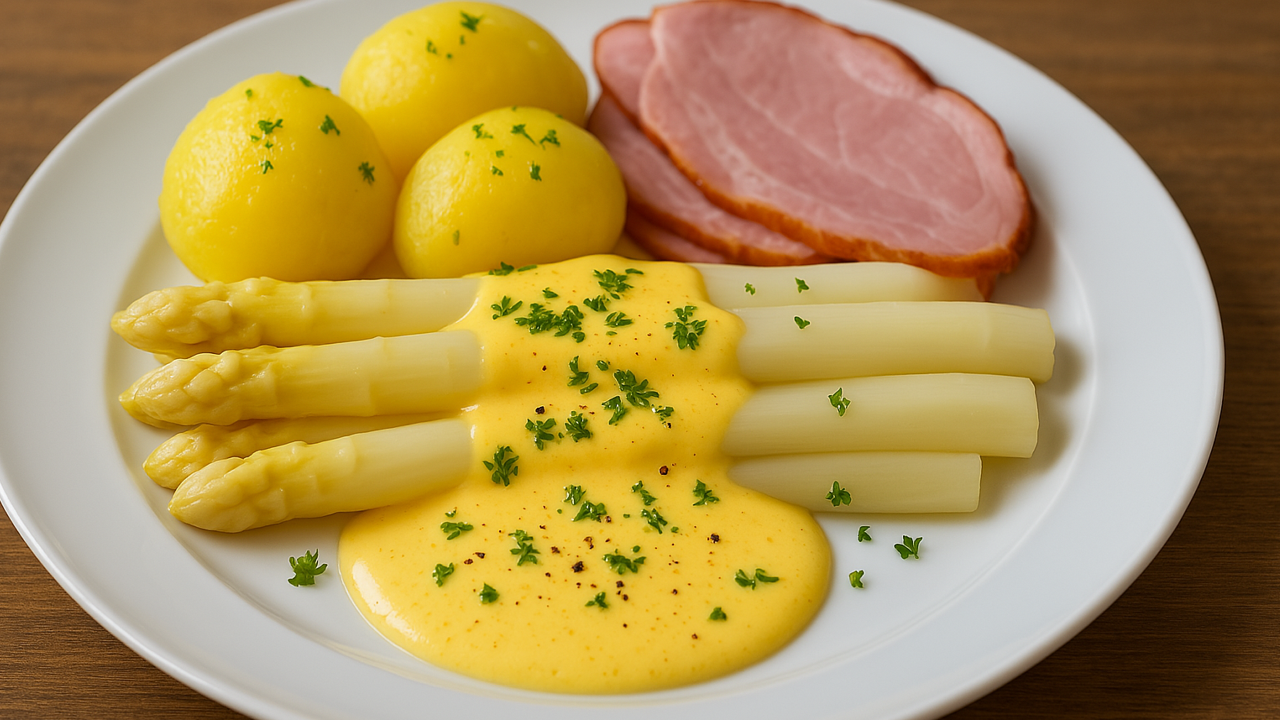
But there’s one thing almost everyone agrees on: green asparagus doesn’t hold a candle to white. Delicate, subtly sweet, and nearly creamy in texture, white asparagus is the undisputed star of German spring. While green asparagus often finds its place in salads, white is reserved for celebration.
What makes it special isn't complexity—it’s simplicity. When prepared well, white asparagus doesn’t need more than a few classic ingredients to shine.
The Traditional Preparation
● Peel meticulously – the outer layer is fibrous and bitter, so thorough peeling is essential.
● Simmer gently – in salted, sugared water with a touch of lemon.
● Serve with love – accompanied by Hollandaise, butter, potatoes, or ham.
White Asparagus with Hollandaise Sauce and Boiled Potatoes
This beloved dish captures the essence of Spargelzeit—elegant, simple, and full of springtime flavor.
Ingredients (Serves 2–3):
● 1 kg white asparagus
● 500 g waxy potatoes
● 2–3 slices of ham (optional – cooked or smoked)
● Salt, sugar, and lemon (for asparagus cooking water)
For the Hollandaise Sauce (or use a good-quality store-bought version):
● 3 egg yolks
● 150 g unsalted butter (melted)
● 1 tbsp lemon juice
● Salt and a pinch of white pepper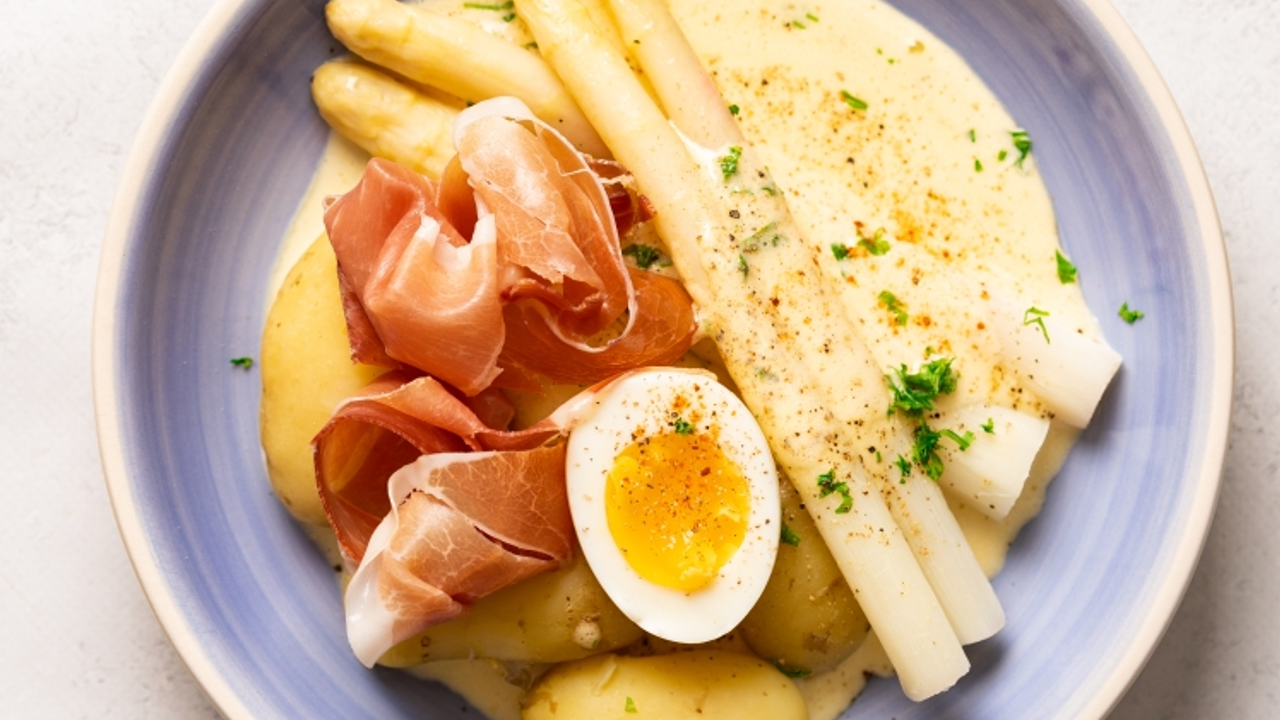
Instructions:
1. Peel with care
White asparagus has a thick outer layer—start just below the tip and peel all the way down. Trim about 1–2 cm from the woody ends.
2. Cook gently
Bring a large pot of water to a boil. Add 1 tsp salt, 1 tsp sugar, and a slice of lemon. Add the asparagus and simmer for 10–15 minutes, depending on thickness, until tender but not mushy.
3. Boil the potatoes
In a separate pot, boil the waxy potatoes in salted water until soft. Peel while warm and serve whole or sliced.
4. Make the Hollandaise
Place egg yolks and lemon juice in a heatproof bowl over gently simmering water. Whisk until thick and frothy. Slowly pour in melted butter, whisking continuously until the sauce thickens. Season with salt and white pepper.
Serve and Celebrate
Arrange the warm asparagus on a plate with boiled potatoes and slices of ham if using. Pour over a generous spoonful of Hollandaise. Garnish with parsley or a touch of black pepper if desired.
Eat slowly, savor the season—Spargelzeit comes but once a year.










0 comments